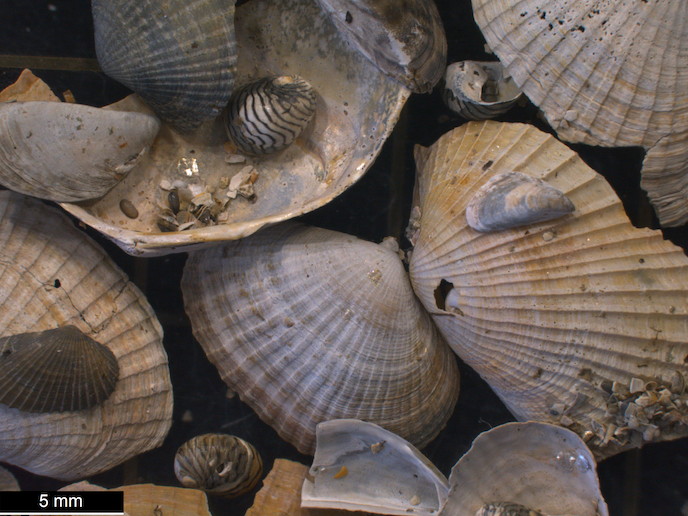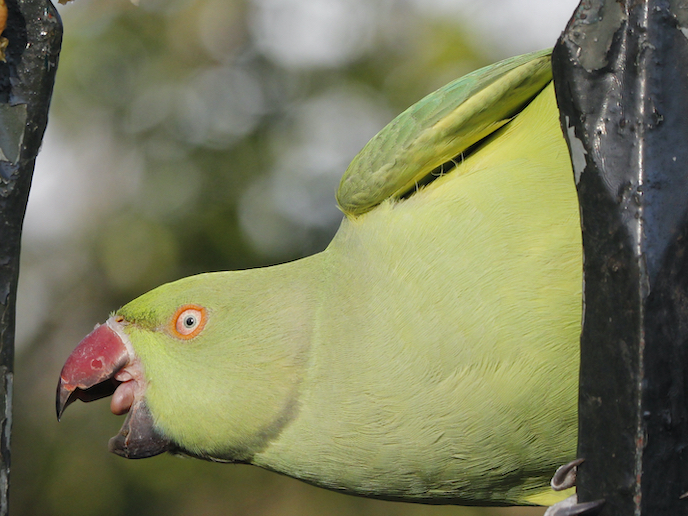A sustainable way of controlling invasive species
Invasive species can wreak havoc on an environment and significantly disrupt human society. Take for example the Drosophila suzukii(opens in new window) (D. suzukii) fruit fly. Originally from South-East Asia, this insect has become a major pest species in Europe, where it infests – and destroys – fruit during the ripening stage. Pest species have traditionally been eliminated with pesticides. However, pesticides can have long-term, detrimental effects on an entire ecosystem – often causing more damage than the original invasive species ever did. As researchers search for more effective methods for controlling invasive species, more and more are looking at the role of sexual selection during adaption. For example, the EU-funded SexSelec_Invasion project investigated the potential of exploiting mating strategies to control pest populations in an evolutionary sustainable way. “My aim is to provide both a fundamental understanding of the dynamics of sexual selection and essential information for the development of sustainable, environmentally friendly methods for fighting pest species,” says Julie Collet(opens in new window), an evolutionary biologist and Marie Skłodowska-Curie fellow at the Centre for Functional and Evolutionary Ecology(opens in new window) in Montpellier, France.
The sustainable potential of SITs
The SexSelec_Invasion project, which was undertaken with the support of the Marie Skłodowska-Curie Actions(opens in new window), investigated using sterile insect techniques (SITs) to control D. suzukii fruit fly populations in an environmentally friendly way. SIT is a method that induces sterile mating by frequently releasing large numbers of mass-reared, sterile males. To start, Collet identified the traits that predict male mating success. “Knowing that the shape, size and darkness of a male fly’s wing spots impact their mating success, we can mass-produce sterile males that have these characteristics,” explains Collet. “This in turn ensures the sterile males can successfully compete against local, non-sterile males.” Although the SIT method has limited environmental side effects, there is a risk that females will eventually evolve to resist and discriminate against mating with sterile males. Collet’s research also focused on determining whether and how fast females can counter-adapt to SITs by discriminating against sterile males. “After using divergent artificial selection towards high and low values of male wing spot attractiveness, no evolution of female choice was observed,” adds Collet. “This suggests that a population cannot rapidly counter-adapt to SITs, meaning SITs could be a sustainable method for fighting D. suzukii.”
A proof of concept
By providing a comprehensive understanding of the evolution of D. suzukii sexual traits, Collet’s research opens the door to new ways of controlling invasive species. “This project is a proof of concept that SITs can be used to control D. suzukii populations in a sustainable and environmentally friendly manner,” notes Collet. “Furthermore, our work documents an exciting example of the evolution of male sexual traits and their importance in male mating success.” Collet is currently applying for a permanent position to start her own lab, from which she will continue the work started in this project.






